
Best Macro Lenses for Nikon Cameras in 2024
Discover the finest macro lenses for Nikon cameras, perfect for capturing every last detail in your close up photography with precision and clarity.
This guide will introduce you to the best macro lenses for Nikon cameras on the market.
Macro photography is a lot of fun and opens up a whole world of new perspectives to anyone who practices it.
But to do it, it’s essential to have the right lenses.
So, what are they? Let’s have a look.
What Are the Best Macro Lenses for Nikon in 2024?
Nikon Z MC 105mm f/2.8 S VR (Best Nikon Z Macro Lens)
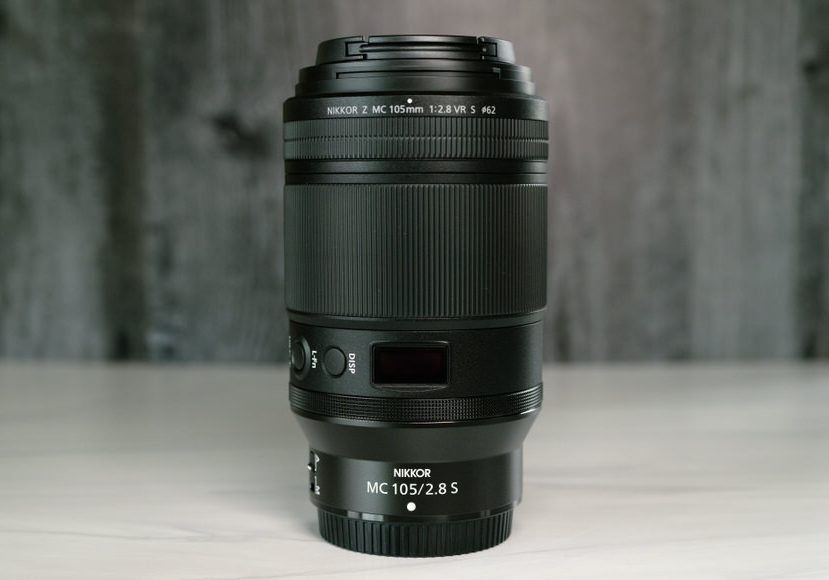
Credit: Steve Vansak
- Razor-sharp images
- Good image stabilization
- Excellent build quality
- No chromatic aberration
- Good value for money
- Weather-sealed
- Exhibits some focus breathing
- Autofocus not the fastest
This is our pick for the best lens of this kind for Nikon’s Z mirrorless system.
It’s a 1:1 magnification lens with a great focal length for macro photography. It gives you the distance to work with plus the depth of field benefits of lens compression.
It’s good for portraits, too, as you can use the same qualities to isolate your subjects from their background with some beautiful blur.
The Nikon Z MC 105mm f/2.8 S VR has a fast aperture, which means it has great low-light performance and will give you plenty of latitude to get creative with depth of field.
It’s well-built and designed, robust, image-stabilized and weather-sealed, and its rings are tactile and turn smoothly.
One of the rings is for manual focus. This turns a little slowly, which is fine for macro photography but not so much for portraits. But there’s a focus limiter, too, and using this works well to counteract that slow turn.
There’s also a customizable control dial, which can be programmed to control aperture, ISO sensitivity, or exposure compensation.
As for the images it creates, they are the best thing about this lens. They are well-rendered and incredibly sharp, from wide-open at f/2.8 and from the centre to the edges of the frame.
- Check out our full review of the Nikon Z MC 105mm f/2.8.
Nikon AF-S 105mm f/2.8 G IF ED VR Micro (Best Nikon DSLR Macro Lens)
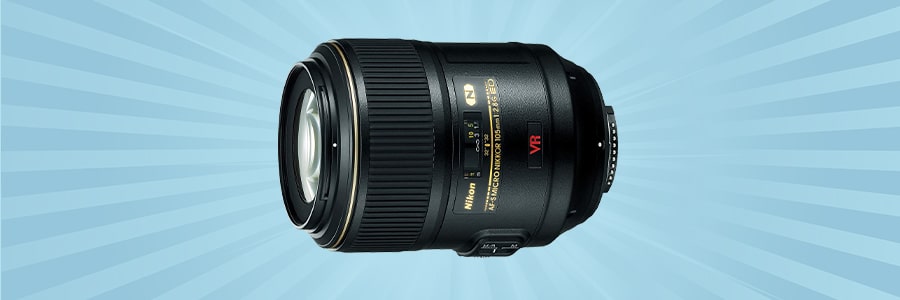
- Minimal distortion
- Reasonably priced
- Very sharp images
- Image stabilization
- Focus limiter
- Slow autofocus
This lens preceded the one above, and it shares many of the same attributes.
You get the balance between working distance and magnification, and the same fast maximum aperture for excellent low-light performance and shallow depth of field control.
It’s also durable and weather-sealed and has Nikon’s Vibration Reduction (VR) technology, which allows you to capture sharp handheld macro shots at slower shutter speeds.
It has fast, reliable, and accurate autofocus, thanks to Nikon’s Silent Wave Motor (SWM). Plus, it has something called Close-Range Correction (CRC) incorporated, which optimizes image quality when focusing at close distances.
Those images are sharp, with minimal distortions (such as ghosting or chromatic aberration), and with excellent color accuracy.
Like its mirrorless sibling, it also has one of those handy focus limiter switches, which allows you to limit the focus range, speeding up focusing during macro photography.
If you use an adaptor, you can use this lens on the Z mirrorless system, too.
Tamron SP 90mm f/2.8 Di VC USD Macro (Best Beginner Nikon Macro Lens)
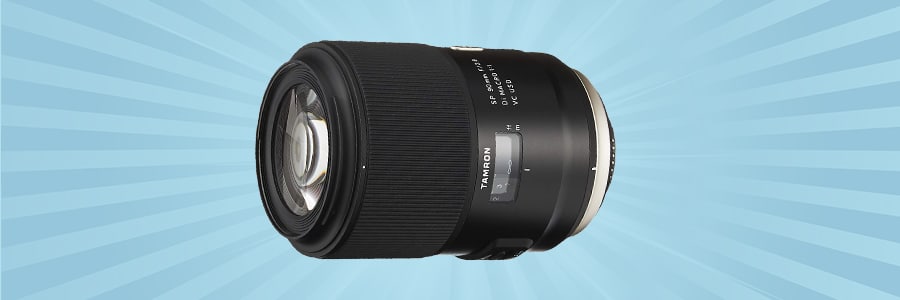
- Good image quality
- Affordable
- User-friendly
- Image stabilization
- Autofocus can be problematic
This is a great lens for Nikon’s F-mount system, and it’s ideal for beginners because it has all the macro features they’d want, plus it’s a very affordable lens, so those just starting out can jump into macro photography without breaking the bank.
It’s compact, lightweight, and easy to carry, and it’s robustly designed with weather-sealing.
It’s a versatile lens. The 90mm focal length strikes a good balance between working distance and magnification, and the 1:1 magnification lets you get acquainted with life-size magnification of your macro subjects.
The fast f/2.8 maximum aperture also allows for creative depth of field control and performs well in low-light conditions.
The lens has autofocus and manual focus override. This allows you to fine-tune your focus manually after the initial autofocus.
This is a useful feature for beginners as it helps them learn one of the most important skills in macro photography: precision.
The images the lens produces are clear and nicely coloured, and they’re sharp too, aided in part by Tamron’s Vibration Compensation (VC) technology.
This helps minimize the impact of camera shake when shooting handheld, especially at higher magnifications.
Tokina Pro 100mm Macro (Best Nikon DX Macro Lens)
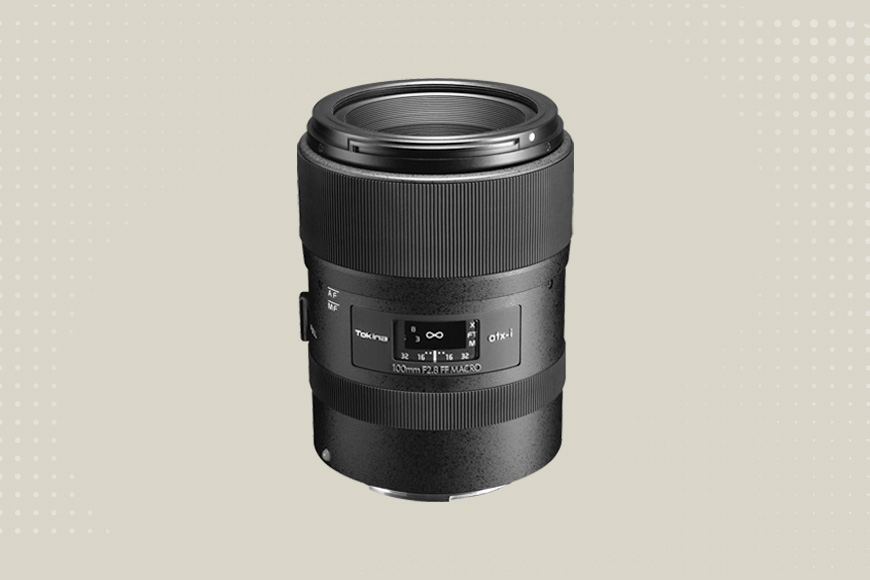
- Robust build
- Good price
- Manual and autofocus
- Sharp images
- No image stabilization
- Autofocus can be unreliable
This lens is designed for Nikon F-Mount cameras but can also be used with Nikon DX. In that case, it gives you a focal length of 150mm.
It’s slightly more expensive than the Nikon 40mm Macro [Amazon | B&H] but with better image quality, nicer bokeh, and more responsive autofocus (including a focus limiter switch).
It’s also longer, faster, and with better image quality than the Nikon AF-S DX Micro NIKKOR 85mm f/3.5G [Amazon | B&H]. However, that lens has image stabilization, so if you need that, go for the 85mm.
Enough about other lenses; how about this one?
It’s durable, weather-sealed, and good value for money at US$429, around the same price as the Tamron above.
It has great optical quality, with multi-layer-coated glass to reduce distortions and increase color accuracy and sharpness.
The lens design also incorporates a floating element system, which optimizes performance at different focusing distances, so you get consistent focus regardless of how close or distant your subject is.
And you get a one-touch focusing system that allows you to easily switch between autofocus and manual focus modes for more control and precision
Venus Laowa 100mm f/2.8 2X (Best Nikon Ultra Macro Lens)
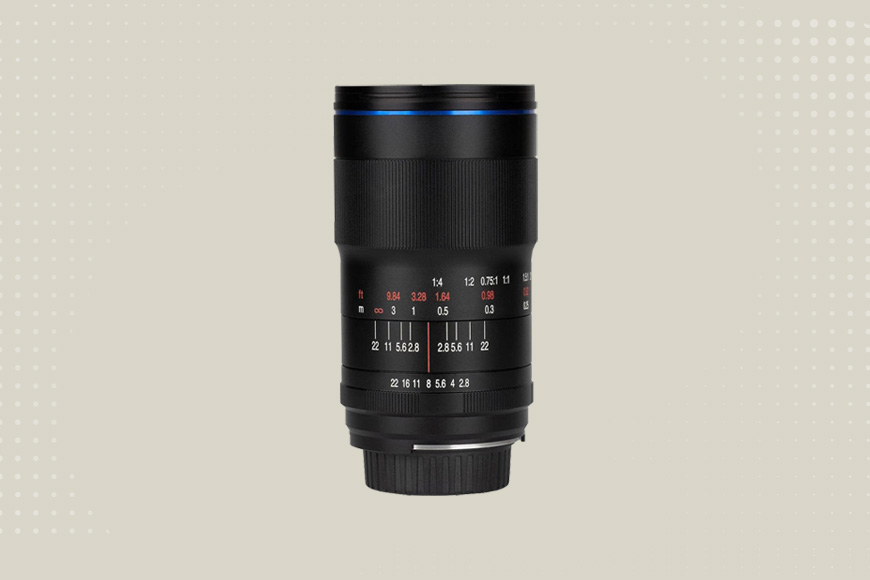
- Lightweight and compact
- Great price
- Great optical quality
- Extreme magnification
- No autofocus
- No image stabilization
The Venus Laowa 100mm is lightweight, compact, and easy to handle.
Its standout feature is that impressive 2:1 magnification ratio, which allows macro photographers to capture subjects at twice life-size.
This extreme magnification reveals details that are often invisible to the naked eye.
It produces images of great clarity and contrast and well-rendered colors without any chromatic aberration or distortion.
Its f/2.8 maximum aperture gives you great low-light performance, and the aperture’s 9-blade circular diaphragm produces smooth bokeh.
That’s important at these magnifications as it helps to add depth and clear focal points to your photographs.
The aperture can be controlled manually from the aperture ring. This is a nice, tactile touch that many photographers love. It also allows quick setting adjustments without needing to mess around in menus or with the camera itself.
The Venus is also fully manual focus, which it has to be at these magnifications, to enable you to precisely fine-tune your focus.
This light macro lens lens is also compatible with a variety of Nikon camera bodies. You can use it with an adaptor on the Nikon Z mirrorless system and also on some DX cameras. If you do this, the focal length will change to 150mm.
Also, I should mention that ultra-macro lenses can often be very expensive, but this lens is one of the cheapest in this guide.
- Related: 12 pro tips for using macro lenses
How to Choose the Best Nikon Macro Lens for You
There are a few things you’ll need to consider before shelling out on that lens.
First of all, you need to determine your budget.
Nikon makes a lot of great lenses. While it’s true that their higher-end lenses might have superior optics and build quality, there are also more affordable options that will help you make great images.
However, you also need to check if your budget’s price point corresponds to the kind of features you’ll need for the type of macro photography you plan on doing.
It’s important to check that the lens you’re considering is compatible with your Nikon camera body.
Most Nikon macro lenses are designed for Nikon F-mount DSLR cameras, but some newer models could be compatible with Nikon Z-mount mirrorless cameras by way of an adapter.
If you’re going to be taking photographs outside and/or in extreme or changeable weather conditions, look for robust lenses with weather sealing to withstand dust, moisture, and any rough handling you give it.
Consider the basic features you need your lens to have, such as which focal length and aperture.
Shorter focal lengths (e.g., 40mm to 60mm) are suitable for close-up photography of small subjects and detail shots.
Longer focal lengths (e.g., 90mm to 200mm) give you a greater working distance, making them ideal for photographing skittish subjects or subjects that can move around quite a bit, like insects or flowers.
Wider maximum apertures (e.g., f/2.8) will give you a shallower depth of field (great for macro photography as you can isolate your subject) and better performance in low-light conditions.
But they are generally larger, heavier, and more expensive.
If you plan on shooting handheld or in low-light conditions, make sure your lens has built-in image stabilization (Vibration Reduction in Nikon lenses).
It helps reduce camera shake, resulting in sharper images, particularly at slower shutter speeds.
Pay attention to the lens’ reproduction ratio, which tells you how close you can focus on a subject and the size of the subject in the final image.
A higher reproduction ratio (e.g., 1:1) allows for true macro photography, where the subject appears life-size on the camera’s sensor, and therefore in your image.
Consider whether or not autofocus is important for your style of macro photography.
For static subjects, you get away with (and may even prefer) a manual focus lens.
But if you need autofocus, make sure it’s good. Nikon’s Silent Wave Motor (SWM) technology should provide fast and silent autofocus, so you can capture quick-moving subjects without disturbing them.
FAQs About Nikon Macro Lenses
What is the difference between a micro and macro Nikon lens?
Ultimately, there’s no difference.
Whether a lens is labelled ‘micro’ or ‘macro’ by Nikon it is used for the same thing, to photograph subjects or objects close-up at high magnifications.
What is the best Nikon macro lens for beginners?
My choice would be the Tamron SP 90mm f/2.8 Di VC USD Macro.
It’s a great value lens at a lower price point that delivers great images while incorporating all of the features that a fledgling macro photographer needs.
It also has image stabilization, which some macro lenses of this price don’t.
Is Nikon 105mm macro a good portrait lens?
Yes, it is.
105mm is a great focal length generally for portraits, as it enables you to isolate your subject from the background by using lens compression.
Added to that, the 105mm lenses in this guide have wide f/2.8 apertures, which are perfect for portraits, giving you low-light capabilities and access to bokeh and creamy blur.
What is the best macro lens for the Nikon d850?
The Nikon D850 is a premium-quality, full-frame DSLR camera, so you should pair it with the best lens you can find.
And to my mind, that’s the Nikon AF-S 105mm f/2.8 G IF ED VR Micro.
What is the best cheap macro lens for Nikon?
The last three lenses in this guide, the Tamron SP 90mm f/2.8 Di VC USD Macro, the Tokina Pro 100mm Macro, and the Venus Laowa 100mm f/2.8 2X, are all around $400, which is considered cheap for this kind of lens.
They’re all great macro lenses (the Venus is an ultra-macro), but to know which one suits you best, I’d recommend reading their specific section.
Is there a Nikon Z macro lens?
Yes, there are currently two macro lenses for Nikon’s Z mirrorless system.
They are the NIKKOR Z MC 105mm f/2.8 VR S, and the NIKKOR Z MC 50mm f/2.8.
You can also use Nikon F-mount lenses on the Z system if you use the appropriate adapter.
Are ultra-macro lenses worth it?
They’re only worth it if you need to photograph things at more than 1:1 magnification.
They’re usually a lot more expensive than standard macro lenses, so you need to be sure you’ll get a lot of use out of one should you decide to invest.













